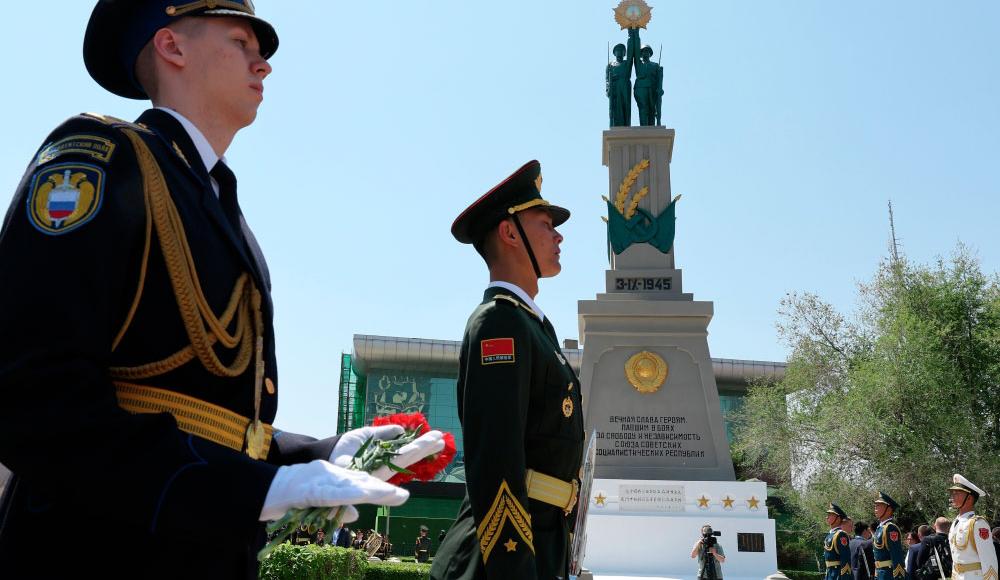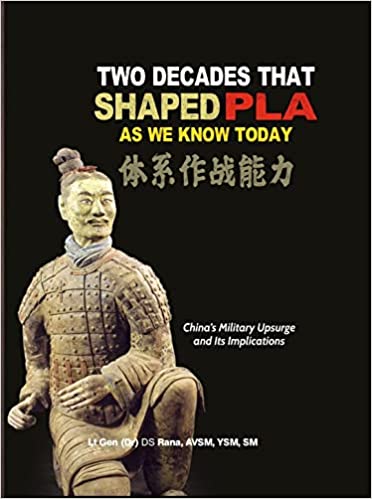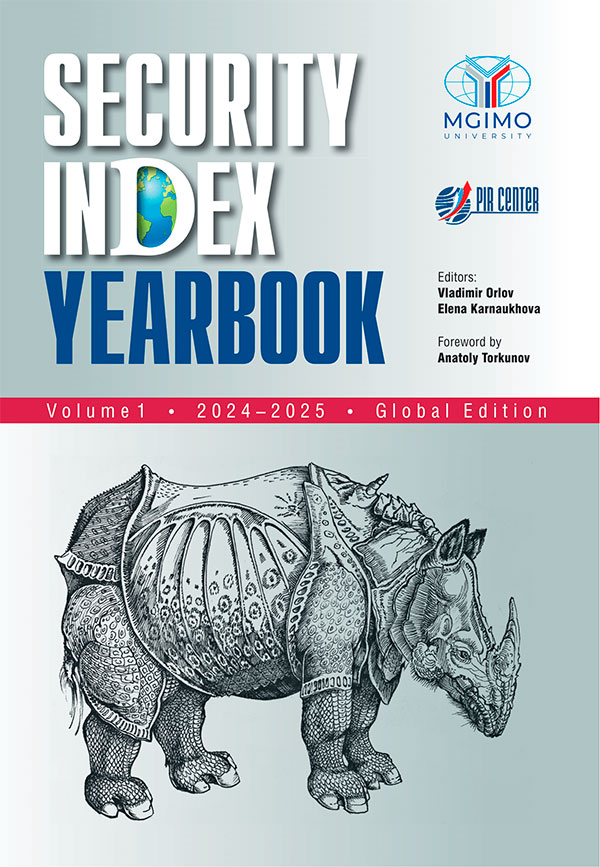On Wednesday, NATO Secretary General Mark Rutte concluded a two-day official visit to Japan—his first visit to the country since becoming the chief of the transatlantic military alliance in October. Among NATO's “Indo-Pacific partners,” Japan stands out as the biggest economy, the most generous defense spender and a country with an exceptional track record of close relationships with the transatlantic alliance. Not only has the Japanese prime minister attended all NATO summits since 2022, Japan also regularly participates in various NATO exercises. In January, Tokyo formally inaugurated an independent mission to NATO.
Now, both the transatlantic alliance and Japan believe that they could accomplish much more by working together. The NATO secretary general stated that the time has come for Brussels and Tokyo to move to a new level of “practical cooperation.”
The apparent goal of Rutte was to enhance NATO's cooperation with the alliance's four “Indo-Pacific partners” (IP4): Japan, South Korea, Australia and New Zealand. The four countries could serve as a critical link between the North Atlantic and the “Indo-Pacific” security spaces.
The transatlantic alliance would find it hardly possible to invite Japan or any other IP4 nation to become a full member of NATO, but it could instead try to blur the red line between membership and partnership status within the alliance by engaging IP4 into a broad range of NATO activities not only in Europe, but in other parts of the world as well.
Turning NATO into a truly global alliance, or at least a globalized trans-regional alliance, would be a major political victory for Rutte or any chief of the bloc, who could later claim that they managed to bring the block to an entirely new level in its development. However, this idea is merely wishful thinking.
Given constraints, one could predict that the globalization of NATO will only largely occur at the level of high political rhetoric. The real US-led action in the “Indo-Pacific” region is likely to take place within more flexible and adaptive formats, such as the US-Japan-South Korea trilateral pact, the AUKUS, the anglosphere intelligence alliance (Five Eyes) and even the much less formalized Quadrilateral Security Dialogue.
On Wednesday, NATO Secretary General Mark Rutte concluded a two-day official visit to Japan—his first visit to the country since becoming the chief of the transatlantic military alliance in October. Among NATO's “Indo-Pacific partners,” Japan stands out as the biggest economy, the most generous defense spender and a country with an exceptional track record of close relationships with the transatlantic alliance. Not only has the Japanese prime minister attended all NATO summits since 2022, Japan also regularly participates in various NATO exercises. In January, Tokyo formally inaugurated an independent mission to NATO.
Now, both the transatlantic alliance and Japan believe that they could accomplish much more by working together. The NATO secretary general stated that the time has come for Brussels and Tokyo to move to a new level of “practical cooperation.”
Rutte's visit focused mostly on advancing NATO-Japan military-industrial ties. Tokyo indeed has a lot of experience in collaborating on advanced military hardware not only with the US, but also with European NATO members—such as the United Kingdom and Italy. To dig deeper into immense Japanese military-technical assets would be an attractive goal for any NATO chief. Yet, this visit should also be considered within a broader context of the transatlantic alliance trying to go beyond its traditional geographical zone of responsibility.
The apparent goal of Rutte was to enhance NATO's cooperation with the alliance's four “Indo-Pacific partners” (IP4): Japan, South Korea, Australia and New Zealand. The four countries could serve as a critical link between the North Atlantic and the “Indo-Pacific” security spaces.
The transatlantic alliance would find it hardly possible to invite Japan or any other IP4 nation to become a full member of NATO, but it could instead try to blur the red line between membership and partnership status within the alliance by engaging IP4 into a broad range of NATO activities not only in Europe, but in other parts of the world as well.
Turning NATO into a truly global alliance, or at least a globalized trans-regional alliance, would be a major political victory for Rutte or any chief of the bloc, who could later claim that they managed to bring the block to an entirely new level in its development. However, this idea is merely wishful thinking.
On the way to becoming a truly global alliance, NATO encounters a number of obstacles. First, such an alliance is by definition much more resource-consuming than a regional one. A more visible NATO presence in the Indo-Pacific even fully backed by IP4 would require a lot of additional investments by the US and by European NATO member states. The timing of globalization is particularly questionable—these days in many European capitals they talk about building at least some EU/British military capabilities autonomous from the unpredictable, and not always reliable, US.
Even more importantly, NATO had initially been created with the sole purpose of deterring Moscow. Throughout its long history, it has never been particularly successful in attempting to broaden the geographical scope of its operations. The alliance's engagements in Africa (Libya) and Asia (Afghanistan) can hardly be considered inspiring success stories.
Neither have there been attempts to use NATO in fighting against illegal migrations or in confronting international terrorism. Security challenges in the Indo-Pacific region are too diverse and too multidimensional for NATO to successfully handle most of them.
One should also consider the US factor. For the Donald Trump administration, NATO is not that different from the United Nations, the World Trade Organization or the European Union—all of which are viewed as large, cumbersome bureaucracies with many layers of decision-making, protracted consensus-seeking procedures and core principles of multilateralism. The new US leadership clearly prefers bilateral or minilateral “deals,” in which the US comparative advantages might be more apparent.
Given these constraints, one could predict that the globalization of NATO will only largely occur at the level of high political rhetoric. The real US-led action in the “Indo-Pacific” region is likely to take place within more flexible and adaptive formats, such as the US-Japan-South Korea trilateral pact, the AUKUS, the anglosphere intelligence alliance (Five Eyes) and even the much less formalized Quadrilateral Security Dialogue.
First published in the Global Times.






